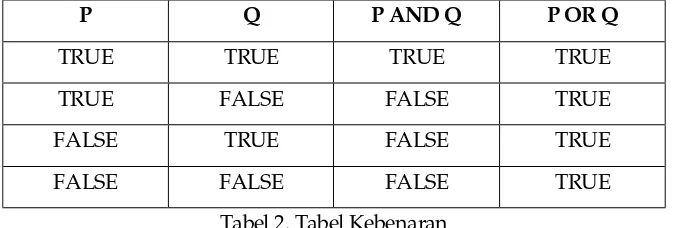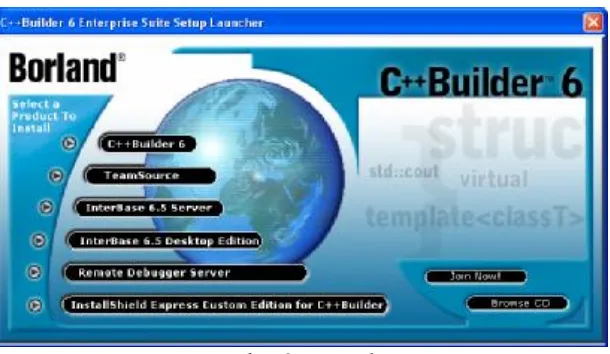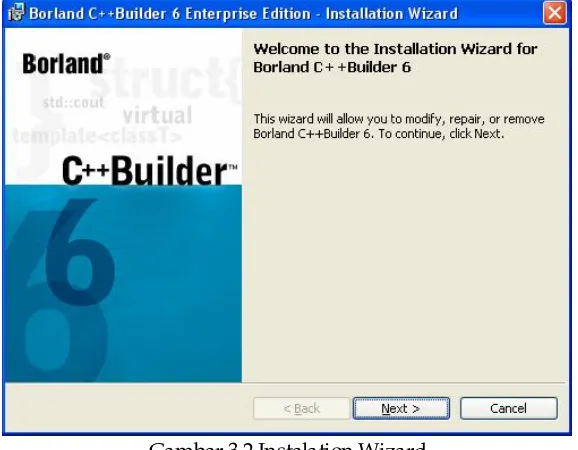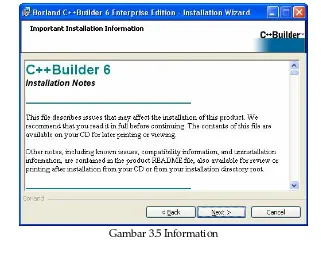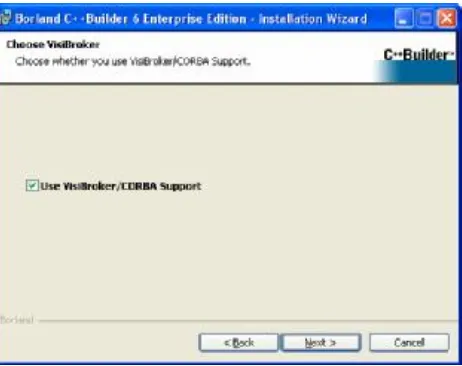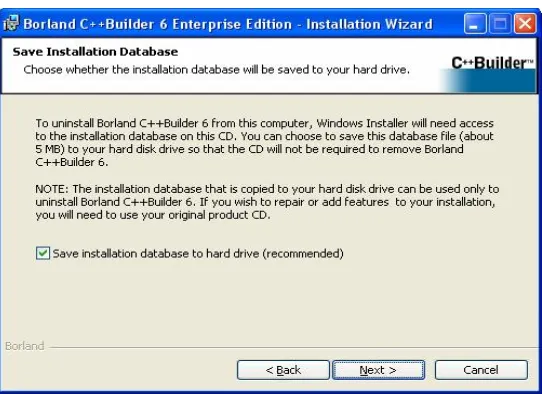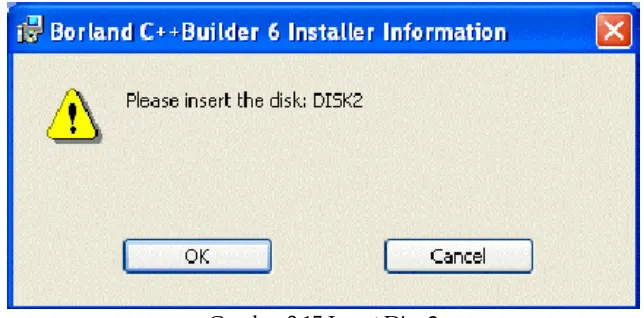Informasi Dokumen
- Penulis:
- Fachrur Rozi
- Sekolah: Universitas Sriwijaya
- Mata Pelajaran: Pemrograman
- Topik: Konsep Dan Aplikasi Pemrograman Menggunakan Borland C++ Builder 6
- Tipe: thesis
- Tahun: 2005
- Kota: Palembang
Ringkasan Dokumen
I. Introduction
The introduction emphasizes the significance of information systems in modern society, highlighting the evolution of programming languages since the introduction of BCPL in 1967. The progression to C and later C++ is explained, illustrating the historical context of programming language development. The importance of programming as a tool for efficiency and problem-solving in various fields is underscored, setting the stage for the educational objectives of mastering C++ programming. This section establishes a foundation for understanding the relevance of programming in both academic and practical applications.
II. Basic Concepts of Programming
This section introduces fundamental programming concepts essential for understanding programming logic. It outlines the input-process-output model, using relatable examples to illustrate how programming mirrors real-world problem-solving. The importance of flowcharts as a visual representation of programming logic is discussed, emphasizing their role in simplifying complex processes. By learning these concepts, students can develop critical thinking skills necessary for effective programming, which aligns with educational objectives aimed at enhancing analytical abilities.
2.1 Flowchart Concepts
Flowcharts are introduced as tools for visualizing programming logic. Examples are provided to demonstrate how flowcharts can simplify the understanding of programming processes, such as calculating areas and solving equations. This subsection highlights the pedagogical value of flowcharts in teaching programming, as they help students grasp complex ideas through visual representation.
III. Installation and Introduction to Borland C++ Builder 6
This section details the installation process for Borland C++ Builder 6, guiding students through necessary steps to set up the programming environment. It includes screenshots and specific instructions to ensure clarity. Understanding how to install and navigate the software is crucial for students, as it directly impacts their ability to engage with programming tasks. This practical knowledge supports the educational objective of familiarizing students with essential programming tools.
3.1 Overview of Borland C++ Builder 6
An overview of Borland C++ Builder 6 is provided, detailing its features and capabilities. The section explains how the software supports both console and visual applications, catering to various programming needs. Familiarity with the software's interface and functionalities enhances students' learning experiences, aligning with the goal of developing proficient programming skills.
IV. Programming with C++ Console Application
This section focuses on creating console applications using C++. It outlines the steps for developing simple applications, emphasizing the importance of understanding the syntax and structure of C++. Through practical examples, students learn to implement basic programming concepts, which reinforces their coding skills. This hands-on approach is integral to achieving learning outcomes related to practical programming proficiency.
4.1 Creating a New Application
The process of creating a new console application is detailed, providing students with a step-by-step guide. This practical exercise is designed to solidify their understanding of the programming environment and encourage experimentation with code. Such hands-on activities are essential for developing confidence and competence in programming.
V. Preprocessor, Data Types, Variables, and Operators
This section covers the role of preprocessor directives, various data types, and the declaration of variables in C++. The importance of selecting appropriate data types for efficient programming is highlighted, along with an overview of operators used in C++. Understanding these foundational concepts is critical for students as they form the basis for writing effective and efficient code, aligning with educational objectives focused on technical proficiency.
5.1 Understanding Data Types
A detailed explanation of data types in C++ is provided, including their sizes and ranges. This knowledge is vital for students to make informed decisions when declaring variables, thus enhancing their programming efficiency. Mastery of data types is a key learning outcome for students, as it influences how they manage data within their applications.
VI. Selection Statements (If Statements)
The section introduces selection statements, particularly 'if' statements, which are crucial for controlling the flow of a program based on conditions. Examples illustrate how to implement these statements effectively, providing students with practical skills in decision-making within their code. Understanding selection statements is essential for developing logical reasoning in programming, aligning with educational objectives aimed at fostering critical thinking.
6.1 Using If-Else Statements
The use of if-else statements is elaborated upon, showcasing their application in determining outcomes based on multiple conditions. This subsection reinforces the importance of conditional logic in programming, equipping students with the skills necessary to implement complex decision-making processes in their applications.
VII. Looping Structures
This section discusses various looping structures in C++, including 'while', 'do-while', and 'for' loops. The concept of iteration is essential for executing repetitive tasks efficiently. Through examples, students learn how to implement loops to manage data and automate processes, which is a critical skill in programming. Mastery of looping structures contributes to achieving learning outcomes related to algorithm development and efficiency.
7.1 Implementing Loops
Practical examples demonstrate how to implement different types of loops in C++. This hands-on approach allows students to practice and understand the nuances of each loop type, reinforcing their ability to choose the appropriate loop for specific tasks. This skill is vital for enhancing their programming capabilities.
VIII. Arrays
This section introduces arrays as a fundamental data structure in C++. Students learn about one-dimensional and multi-dimensional arrays, including their declaration and usage. The ability to work with arrays is crucial for managing collections of data efficiently, which aligns with educational objectives focused on data management skills in programming.
8.1 One-Dimensional Arrays
The concept of one-dimensional arrays is explained with examples, illustrating how to store and manipulate multiple values under a single variable name. This foundational understanding is essential for students as they begin to tackle more complex data structures and algorithms.
IX. Pointers
Pointers are introduced as a powerful feature in C++ that allows for direct memory management. This section covers the declaration and usage of pointers, along with practical examples demonstrating their significance in dynamic memory allocation and data manipulation. Understanding pointers is critical for advanced programming concepts, aligning with learning outcomes focused on memory management and efficiency.
9.1 Pointer Operations
The operations that can be performed with pointers are discussed in detail, including assignment and arithmetic operations. This knowledge is vital for students to leverage pointers effectively in their programming, enhancing their understanding of how data is managed in memory.
X. File Operations
This section discusses the importance of file operations in C++, covering how to read from and write to files. Practical examples illustrate how to implement file handling in applications, which is essential for data persistence. Mastery of file operations is crucial for achieving learning outcomes related to data management and application development.
10.1 Reading and Writing Files
Detailed examples demonstrate the process of reading from and writing to files in C++. This practical knowledge is vital for students as they develop applications that require data storage and retrieval, reinforcing their programming skills in real-world contexts.
XI. Basic C++ Classes
The section introduces the concept of classes in C++, highlighting their role in object-oriented programming. Students learn how to define and use classes, which is fundamental for developing modular and reusable code. Understanding classes aligns with educational objectives aimed at fostering advanced programming skills and design principles.
11.1 Defining Classes
The process of defining classes and creating objects is explained with practical examples. This foundational knowledge is essential for students to begin applying object-oriented principles in their programming, enhancing their ability to design complex systems.
XII. Searching and Sorting Techniques
This section covers basic searching and sorting algorithms, which are crucial for data management in programming. Students learn how to implement these algorithms effectively, which enhances their problem-solving skills and efficiency in handling data. Mastery of searching and sorting techniques aligns with educational objectives focused on algorithmic thinking.
12.1 Implementing Search Algorithms
Practical examples illustrate how to implement various search algorithms, such as linear and binary search. This knowledge is essential for students to efficiently retrieve data from collections, reinforcing their programming skills.
XIII. Tips and Tricks
This section provides practical tips and tricks for programming in C++, offering insights into best practices and common pitfalls. This knowledge is invaluable for students as they navigate their programming journey, helping them to write cleaner and more efficient code. Understanding these tips aligns with educational objectives focused on developing proficient programmers.
XIV. Conclusion
The conclusion summarizes the key concepts covered in the article, reinforcing the importance of mastering C++ programming for academic and professional success. It emphasizes the relevance of the skills learned to real-world applications, encouraging students to continue their programming education. This final reflection aligns with learning outcomes focused on fostering a lifelong learning mindset in technology.
Referensi Dokumen
- Pemrograman Borland C++ Builder ( Heriyanto, Imam; Budi Raharjo )
- Manajemen Sistem Informasi dan Teknologi Informasi ( Indrajit, Richardus Eko )
- Kajian Strategis Analisa Cost-Benefit Investasi Teknologi Informasi ( Indrajit, Richardus Eko )
- Algoritama dan Pemrograman dalam Bahas Pascal dan C ( Lidya, Leoni; rinaldi Munir )
- Pemrograman Bahasa C dengan Turbo C ( Solichin, Achmad )
- Cepat MahirBahasa ( Wahono, Romi Satria )

